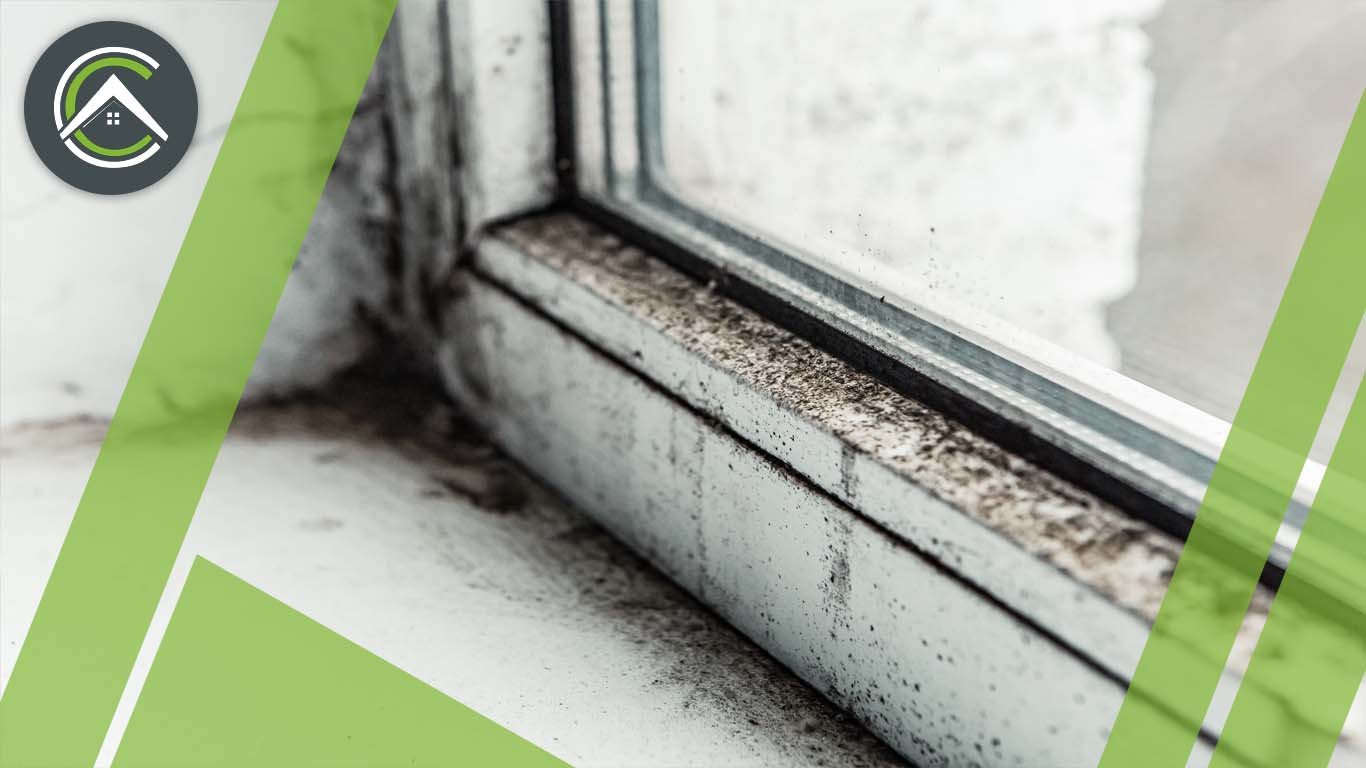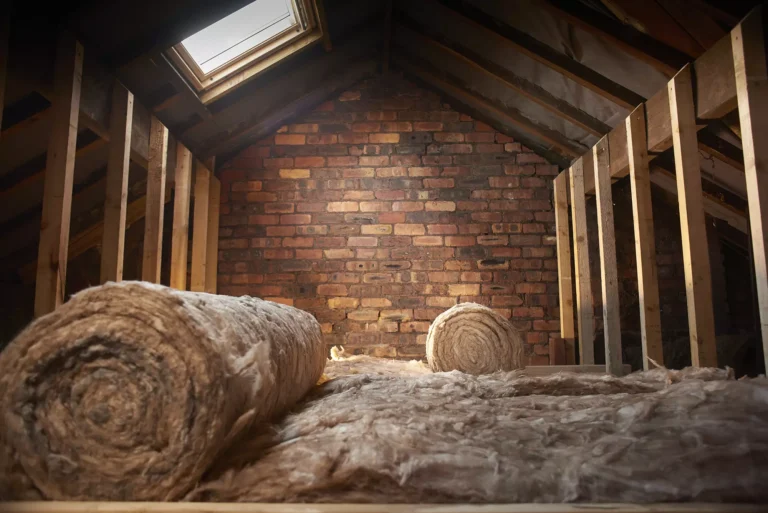Blog
How to Choose the Best Mold Proof Insulation for Your Home in 2024
Come into a world where walls can’t grow mold and dampness has been destroyed. Your strong defense against mold is mold proof insulation. It keeps your home dry, air clean, and life stress-free. It’s the quiet watchman that will help you make the environment healthier.
Why Is There Mold In My Home?
Mold is developing on firewood outdoors. Molds come in various hues; white and black molds are illustrated here.
Molds are naturally occurring. Molds play an important role in nature by decomposing decaying organic waste such as fallen leaves and dead trees, but they should be avoided inside. Molds reproduce by releasing microscopic spores that float through indoor and outdoor air.
Mold spores may begin to develop indoors when they drop on moist surfaces. Numerous varieties of mold exist, and none will grow without water or moisture.
Importance of Mold Proof Insulation
Mold proof insulation is essential in building construction because it stops mold from growing, which can harm your health and damage the building itself. By blocking wetness, mold proof insulation keeps the air inside healthy and lowers the risk of breathing issues, allergies, and other health issues linked to mold exposure.
It also saves energy by maintaining well-insulated dry rooms, which means lower energy bills and a more relaxing place to live. Insulation made of mold-resistant materials also protects houses against the damage that mold and mildew cause, which makes the structure last longer and stay safe.
Different types of Mold Proof Insulation For Basement
Several varieties of insulation are on the market, each with its features and benefits. The insulation utilized is critical to preventing mold growth. The following are some of the best mold proof insulation methods and their efficiency against mold.
- Fiberglass Insulation: Fiberglass insulation mold is among the most popular and widely utilized types of insulation. It comprises tiny glass strands woven together to produce a mat-like structure. These fibers trap air pockets, making them highly thermally resistant. Fiberglass insulation is also moisture resistant, providing a sound barrier against mold growth.
While fiberglass insulation does not promote mold growth, dampness can make it a breeding ground for mold. Fiberglass insulation must be properly installed and maintained to avoid moisture buildup and mold formation.
- Cellulose insulation: Cellulose insulation is made from recycled paper and is treated with fire retardant. It is highly resistant to heat and moisture, making it ideal for preventing mold formation. Furthermore, cellulose insulation includes borates, which have been shown to help avoid mold and fungal growth.
However, it is essential to note that if cellulose insulation becomes wet, it loses its efficiency and becomes a breeding ground for mold. Proper installation and maintenance are required to maximize the benefits of this type of insulation in reducing mold growth.
Furthermore, cellulose insulation is an environmentally responsible alternative because it uses recycled materials and has a minimal carbon footprint.
- Rockwool insulation: This insulation is manufactured by spinning molten rock into filaments. Like fiberglass insulation, these fibers trap air pockets and provide excellent thermal resistance. It is also moisture-resistant and lacks organic molecules that serve as a food supply for mold, making it an effective barrier to mold formation.
Furthermore, rock wool insulation is fire-resistant and has excellent sound-absorbing characteristics. However, incorrect installation might create air gaps, diminishing its effectiveness in preventing mold growth. It is also important to remember that while rock wool does not encourage mold growth, it can become a breeding ground for mold when wet.
- Spray Foam Insulation: Spray foam insulation combines two chemicals that react and expand into foam when sprayed on surfaces. It is very moisture-resistant, has good temperature resistance, forms an airtight seal, and prevents mold formation.
However, incorrect installation might create air pockets and gaps, decreasing efficiency. Furthermore, if spray foam insulation is not put correctly, it can retain moisture, potentially allowing mold to form.
- Foam board insulation: Foam board insulation (mold resistant foam)comprises polystyrene or polyurethane and comes in stiff sheets. It has intense heat and water resistance, making it an efficient barrier against mold growth. However, if not done correctly, foam board insulation can retain moisture and provide a breeding ground for mold.
Furthermore, foam board insulation has a high R-value (a measure of thermal resistance), making it an economical choice in the long term.

How Much Does Mold Proof Insulation Cost In Canada
Regarding Canada, the cost of mold proof insulation can vary based on the type, the amount needed, and the size of the area that needs to be sealed. In general, think about these things:
- Spray Polyurethane Foam (SPF) insulation is often used because it doesn’t grow mold. SPF insulation can cost anywhere from $2,400 to $8,600.
- ROCKWOOL offers insulation options that are resistant to mold and mildew. These options are meant to prevent moisture problems that can cause mold to grow.
- Based on where you live and the type of insulation you choose, blown-in attic insulation could cost anywhere from $250 to $1,750.
- You can find fiberglass insulation prices at around $86.
- For safe and eco-friendly home insulation materials, as little as $0.06 can be spent per square foot.
Mold Proof Insulation | Healthy Home, Healthy Wallet
When considering insulation for your basement, choosing materials that don’t allow germs to grow is essential. Closed-cell spray foam, fiberglass with a mold-resistant face, and mineral wool are all options for fighting water and stopping the conditions that cause mold to grow.
Selecting the proper insulation for your home will make it healthy, save you money on energy costs, and last for a long time. Check out complete guides like the Ultimate Guide to Mold Proof Insulation for Basements by Confirmed Contracting Corp. for more information on making your basement safe and comfortable. Choose mold resistant insulation for basement that is good for your health and investment.
FAQs
Is Fiberglass Insulation Mold Resistant?
Yes, fiberglass insulation doesn’t grow mold because it’s made of glass and plastic threads, which aren’t organic and don’t give mold anything to eat. However, mold can still grow on fiberglass insulation if it gets covered in dust, dirt, or other organic matter that mold can use as food. Keeping the insulation clean and debris-free is essential to maintain its mold-resistant qualities.
Is Blown In Insulation Mold Resistant?
Mold usually doesn’t grow on blown-in insulation, which can be made of cellulose or fiberglass. The materials used to make blown-in insulation don’t give mold food. But if it stays wet for a long time, mold can still grow, especially if dirt and other contaminants build up. Mold can’t grow in blown-in insulation as long as it is installed and maintained correctly.
Is Spray Foam Insulation Mold Proof?
Spray foam insulation doesn’t let mold grow because it creates an airtight seal that keeps wetness out, a crucial part of stopping mold growth. It doesn’t give mold anything to eat, and if installed correctly, its ability to resist water can significantly lower the chance of mold growth.
How Can I Recognize Mold On My Attic Insulation?
A musty smell is frequently the first sign of mold. Mold can appear as patches or discoloration on attic insulation. For correct identification, a professional inspection is recommended.
What Insulation Is Mold Resistant?
- Fiberglass
- Mineral Wool
- Spray Foam
- Rigid Foam Boards
- Cellulose
- Sheep Wool
- Foam Glass Insulation
- Cementitious Foam
more insights

Is There Asbestos in Your Loft? What to Know Before Insulation Removal
If your home was built before the 1990s, there’s a chance that your loft insulation could contain asbestos—a hidden danger

Best Heat Pumps for Cold Climates in Canada: Top Picks for 2025
Canadian winters are no joke, and heating your home efficiently is more important than ever. In 2025, cold climate heat

Top 5 Signs Your Basement Needs New Basement Insulation (and What to Do About It)
Your basement plays a huge role in your home’s comfort, energy efficiency, and even air quality—but only if it’s properly